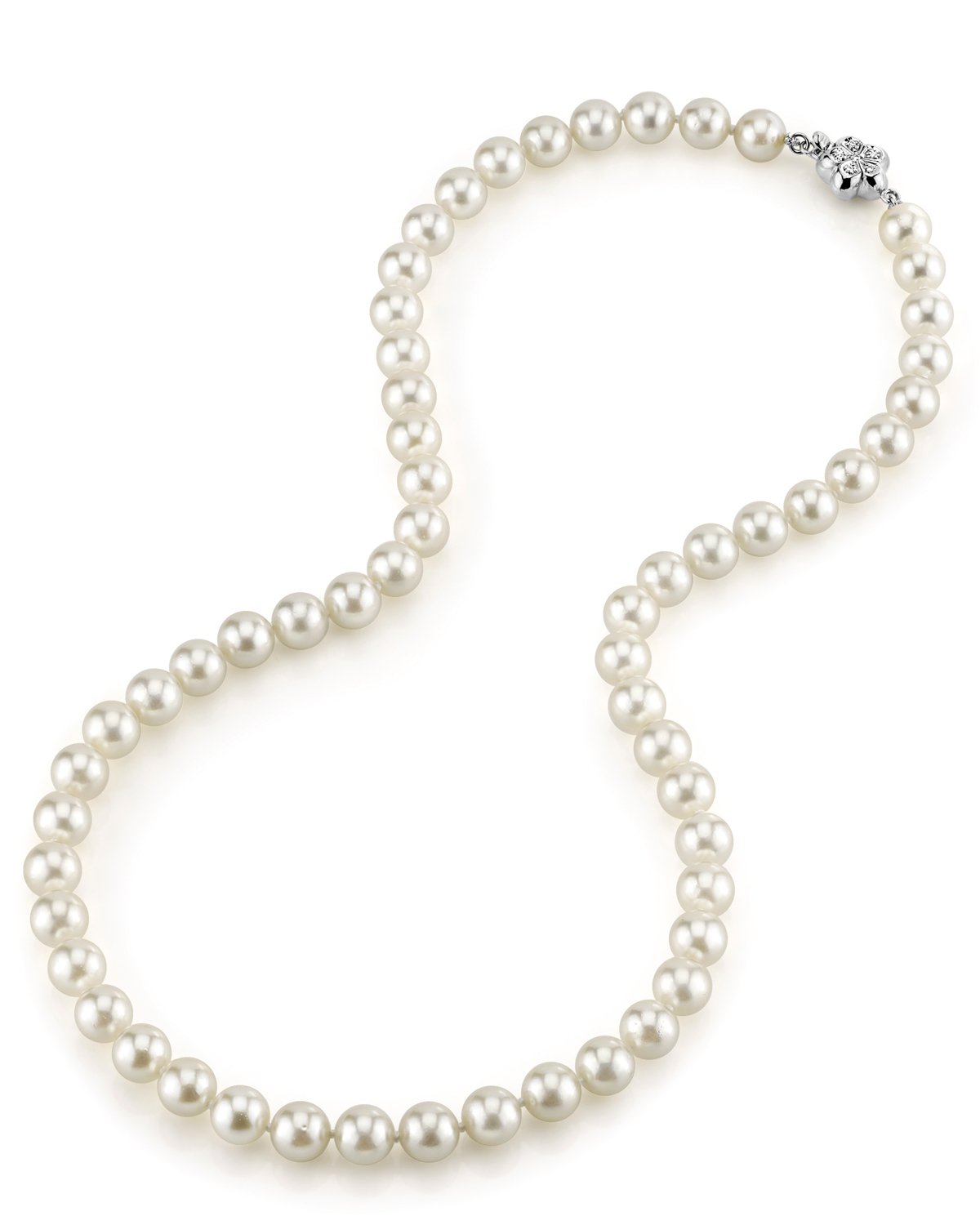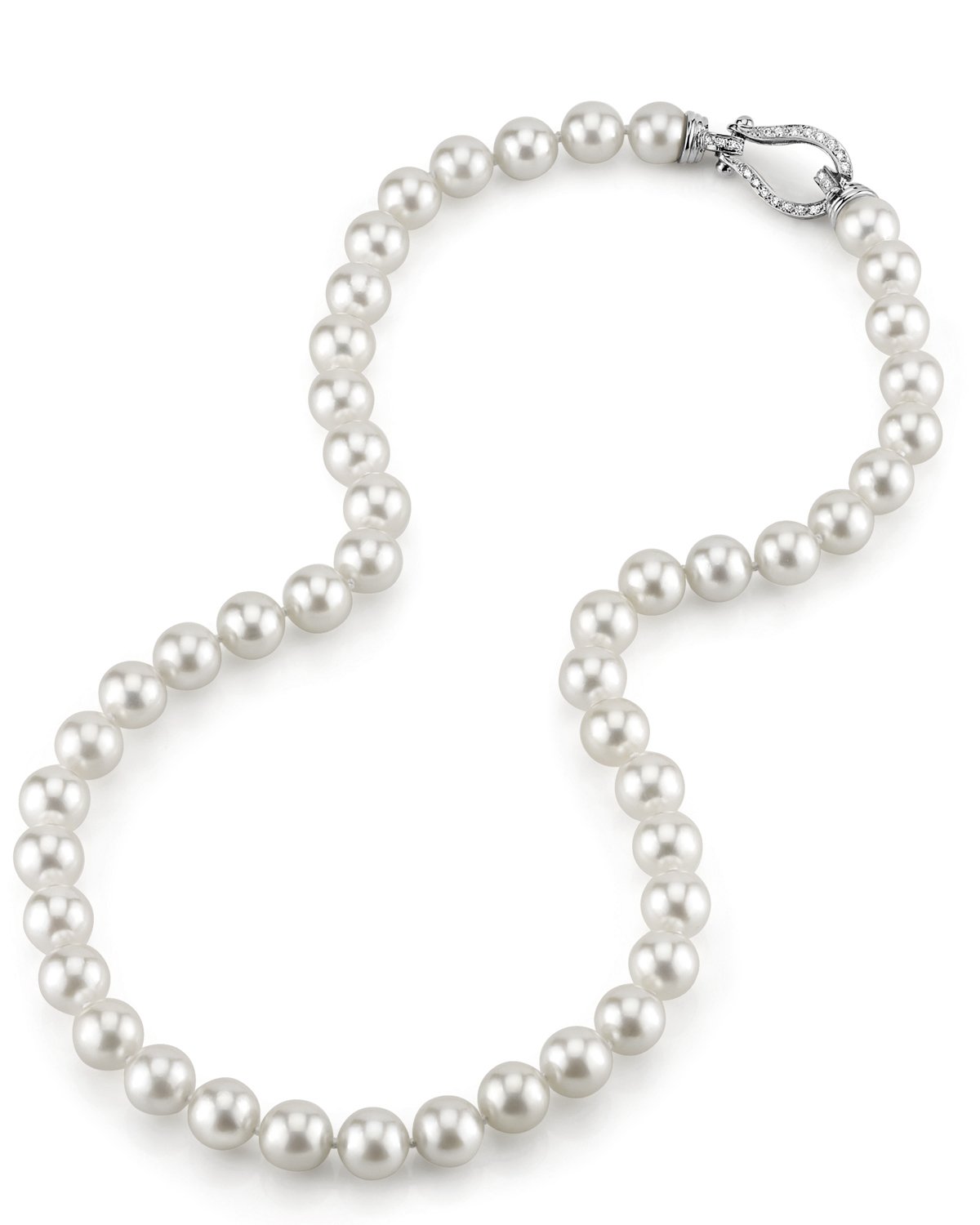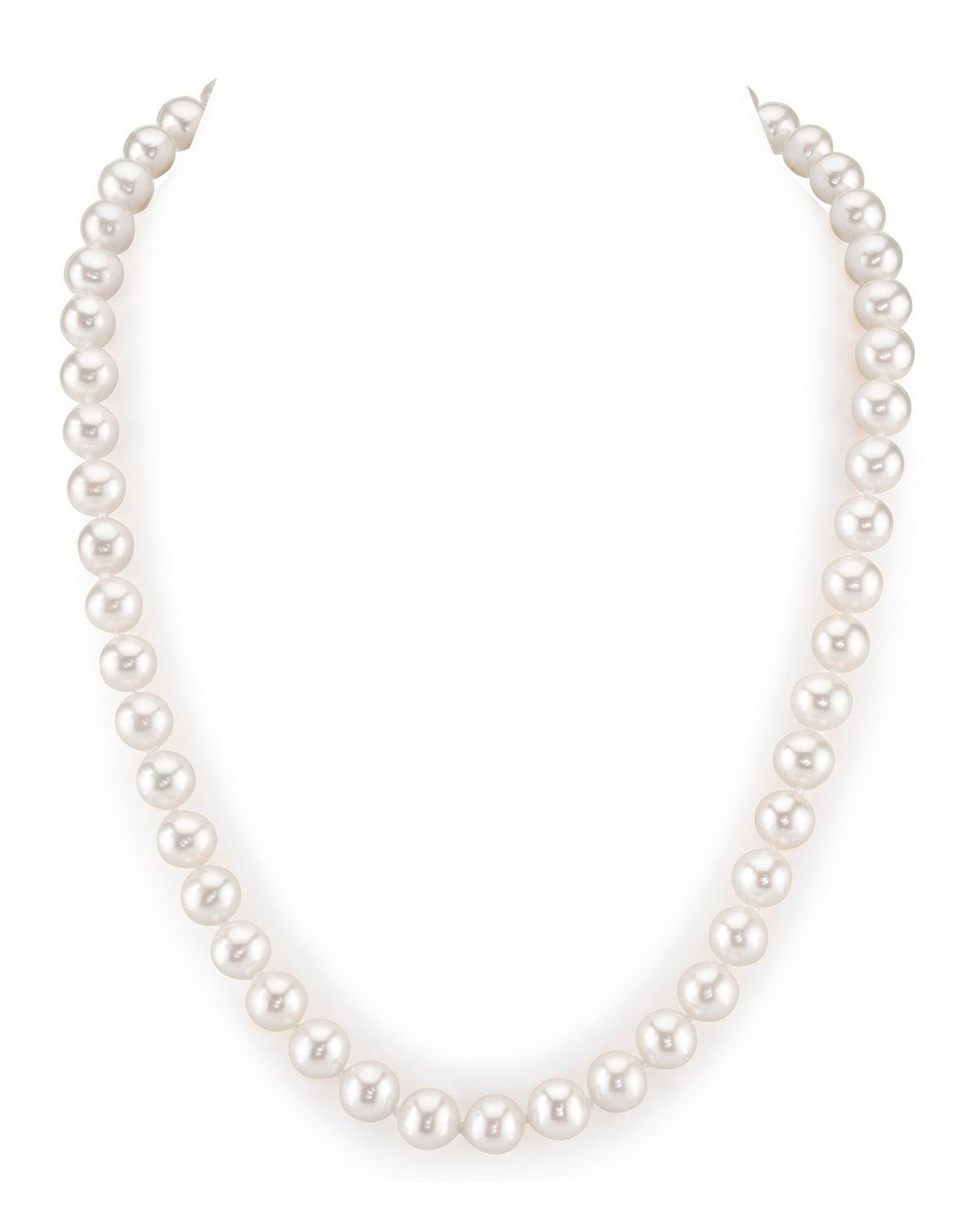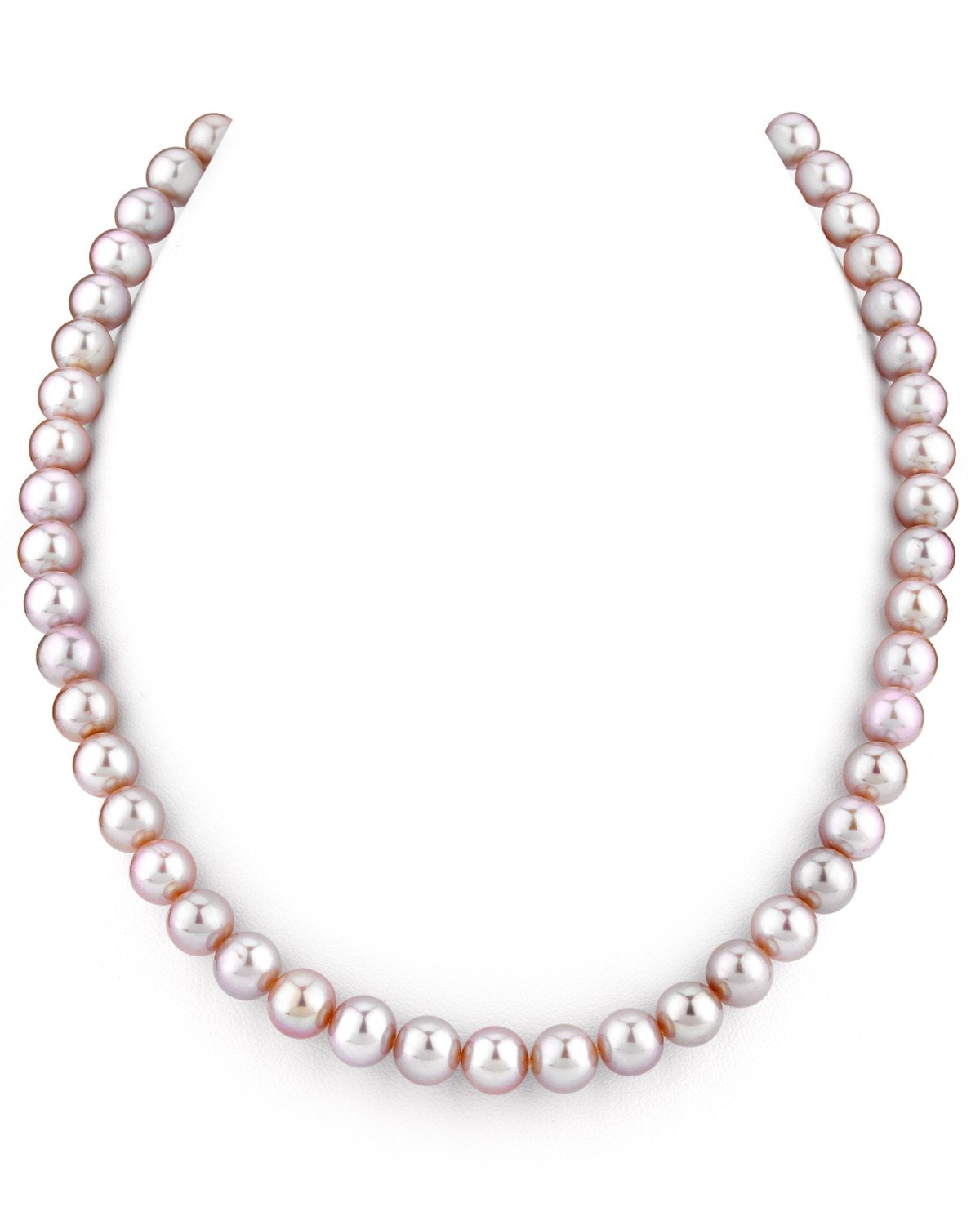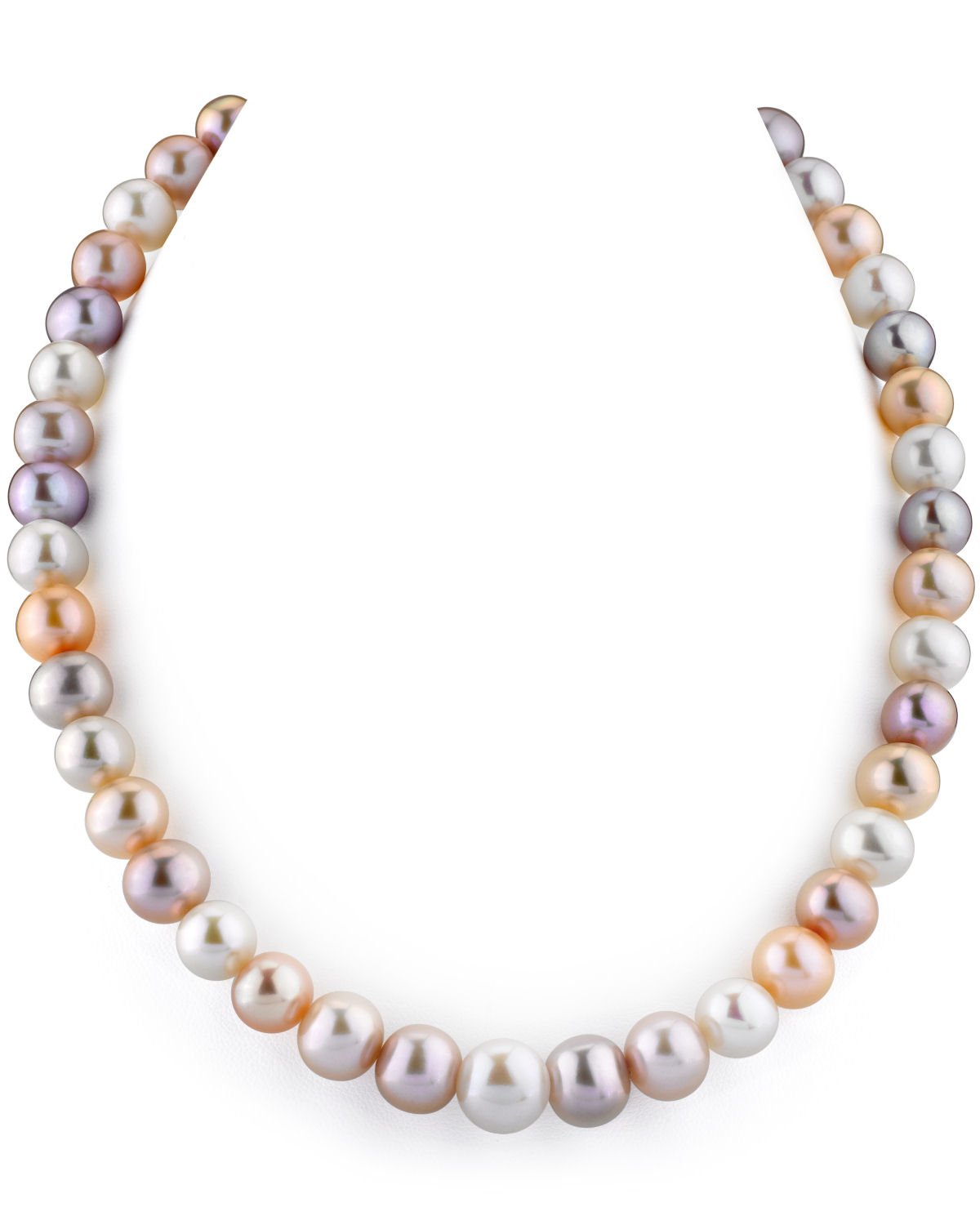Should you go for the AA+, the AAA, the AAAA or AAA++ pearls?? So many A’s!! How do you know which to choose?
Unfortunately, decoding the world of pearl grading isn’t very cut and dried, and this is because there is no universally accepted grading system for pearls across all pearl types. Each pearl type is unique, with its own distinct properties. You can’t grade Tahitian pearls like you would Akoya pearls, or Akoya pearls like you would South Sea pearls or Freshwater.
Some vendors make things even more difficult by using their own proprietary grading system, making it almost impossible to compare pearls between different brands. It can be pretty confusing!
Happily, Pearls of Joy sticks with the simplest, easiest grading systems that rely on set metrics for pearl attributes, like surface quality, luster grade and nacre thickness (among other factors).
There are two grading systems to understand:
-
-
A-D Tahitian Grading Scale: Applied to Tahitian, South Sea and Freshwater pearls. “A” represents the highest quality pearls, and “D” represents the lowest. The A-D Scale translates easily to an A-AAAA Grading Scale here in the United States, where “AAAA” is equivalent to the highest “A” grade, and moves down from there.
Because we stick with only those two Grading Systems, you won’t see pearl grades that are “inflated” by creating whole new grades like AAAA+ or AAAAA. That’s a game some vendors play to assign “extra high” grades to pearls that would be less-than-top-tier anyplace else.
By using the A-AAA Scale for Akoya pearls, known as the Japanese Grading Scale, and A-AAAA for Tahitian, South Sea and Freshwater pearls, we are able to simplify pearl grading into a series of specific criteria that need to be met in order for a pearl to earn its grade. A short examination of our two top grades should give you all the information you need to know about how we evaluate real pearls.
Remember, only imitation pearls are perfect! Expect to see tiny inclusions or other small imperfections “gifted” to your pearls by nature … think of them like a built-in identification system, marking the pearls out as yours and yours alone.






























